CLAVICEF TABLET


MRP ₹243.76
(Inclusive of all Taxes)
₹36.6 Cashback (15%)
Provide Delivery Location
Online payment accepted
 Prescription drug
Prescription drugWhats That
Composition :
Manufacturer/Marketer :
Consume Type :
Return Policy :
Expires on or after :
NPPA :
About CLAVICEF TABLET
CLAVICEF TABLET belongs to the group of medicines called 'antibiotics' used to treat various bacterial infections of the urinary tract, ear, throat, lungs, and uncomplicated gonorrhoea. Bacterial infections are caused due to the multiplication of harmful bacteria inside or on the body. Infectious or harmful bacteria can make you sick and reproduce quickly in your body. These harmful bacteria produce chemicals known as toxins, which can damage tissue and make you sick. CLAVICEF TABLET does not work against infections caused by the virus, including cold and flu.
CLAVICEF TABLET is a combination of two antibiotics, namely: Cefixime (cephalosporin antibiotic) and Clavulanic acid (beta-lactamase inhibitor). Cefixime works by preventing the formation of bacterial cell covering, which is necessary for their survival, thereby, killing the bacteria and preventing the spread of infections. Clavulanic acid works by enhancing the activity of cefixime against bacteria and decreasing bacterial resistance. Together, CLAVICEF TABLET helps to treat bacterial infections.
The dose and duration of CLAVICEF TABLET can vary depending upon your condition and the severity of the infection. Also, it is recommended to complete the course of medicine even if you feel better as it is an antibiotic, and leaving it in between may lead to even severe infection that will, in fact, stop responding to the antibiotic as well (antibiotic resistance). In some cases, you may experience certain common side-effects such as diarrhoea, nausea, and vomiting. Most of these side-effects do not require medical attention and will resolve gradually over time. However, you are advised to talk to your doctor if you experience these side-effects persistently.
Before starting CLAVICEF TABLET, please inform your doctor if you have any allergy (against any antibiotic), kidney or liver problems. Do not take CLAVICEF TABLET on your own as self-medication may lead to antibiotic-resistance in which antibiotics fail to act against specific bacterial infections. Avoid taking CLAVICEF TABLET if you are pregnant or breastfeeding unless prescribed by a doctor. Avoid alcohol consumption to prevent unpleasant side-effects. CLAVICEF TABLET may cause decreased alertness, confusion, and unusual muscle stiffness or movements; so be cautious while driving. Inform your doctor about all the medicines you are taking and about your health condition to rule out any unpleasant side-effects.
Uses of CLAVICEF TABLET
Directions for Use
Medicinal Benefits
CLAVICEF TABLET belongs to the group of medicines called antibiotics used to treat various bacterial infections of the urinary tract, ear, throat, lungs, and uncomplicated gonorrhoea. CLAVICEF TABLET is a combination of two antibiotics, namely: Cefixime (cephalosporin antibiotic) and Clavulanic acid (beta-lactamase inhibitor). Cefixime works by preventing the formation of bacterial cell covering, which is necessary for their survival. Thereby, kills the bacteria and helps in treating and preventing the spread of infections. Clavulanic acid works by enhancing the activity of cefixime against bacteria and decreases bacterial resistance. Together, CLAVICEF TABLET helps to treat bacterial infections. CLAVICEF TABLET does not work against infections caused by the virus, including cold and flu.
Storage
- Inform Your Doctor: Notify your doctor immediately about your diarrhoea symptoms. This allows them to adjust your medication or provide guidance on managing side effects.
- Stay Hydrated: Drink plenty of fluids to replace lost water and electrolytes. Choose water, clear broth, and electrolyte-rich drinks. Avoid carbonated or caffeinated beverages to effectively rehydrate your body.
- Follow a Bland Diet: Eat easy-to-digest foods to help firm up your stool and settle your stomach. Try incorporating bananas, rice, applesauce, toast, plain crackers, and boiled vegetables into your diet.
- Avoid Trigger Foods: Steer clear of foods that can worsen diarrhoea, such as spicy, fatty, or greasy foods, high-fibre foods, and dairy products (especially if you're lactose intolerant).
- Practice Good Hygiene: Maintain good hygiene to prevent the spread of infection. To stay healthy, wash your hands frequently, clean and disinfect surfaces regularly, and avoid exchanging personal belongings with others.
- Take Anti-Diarrheal Medications: If your doctor advises, anti-diarrheal medications such as loperamide might help manage diarrhoea symptoms. Always follow your doctor's directions.
- Keep track of your diarrhoea symptoms. If they don't get better or worse or are accompanied by severe stomach pain, blood, or dehydration signs (like extreme thirst or dark urine), seek medical help.
Drug Warnings
Before starting CLAVICEF TABLET, please inform your doctor if you have any allergy (against any antibiotic), kidney or liver problems. Do not take CLAVICEF TABLET on your own as self-medication may lead to antibiotic-resistance in which antibiotics fail to act against specific bacterial infections. Consult your doctor immediately if you experience skin rash or prolonged, significant diarrhoea with abdominal pains. Talk to your doctor before taking CLAVICEF TABLET if you had colitis (inflammation in the lining of the colon). CLAVICEF TABLET increases in prothrombin time (time is taken for the blood to clot), and therefore care should be taken in patients receiving anticoagulant therapy. Avoid taking CLAVICEF TABLET if you are pregnant or breastfeeding unless prescribed by a doctor. Avoid alcohol consumption while taking CLAVICEF TABLET to prevent unpleasant side-effects. CLAVICEF TABLET may cause decreased alertness, confusion, and unusual muscle stiffness or movements; so be cautious while driving.
Drug-Drug Interactions
Drug-Drug Interactions
Login/Sign Up
Co-administration of Clavicef Tablet with Cholera vaccine may reduce the effectiveness of the vaccine.
How to manage the interaction:
Talk to your doctor before receiving the cholera vaccine if you are currently being treated with Clavicef Tablet or have been treated within the last 14 days. To ensure adequate vaccine response, you should not receive cholera vaccine until at least 14 days after you complete your antibiotic therapy. Do not discontinue the medication without consulting a doctor.
Drug-Food Interactions
Drug-Food Interactions
Login/Sign Up
Diet & Lifestyle Advise
- Antibiotics can alter the useful bacteria in the stomach, which help indigestion. Therefore, you are advised to take foods rich in probiotics such as yoghurt/curd, kefir, sauerkraut, tempeh, kimchi, miso, kombucha, buttermilk, natto and cheese.
- Eat fibre rich food like whole grains, beans, lentils, berries, broccoli, peas and bananas.
- Avoid foods rich in calcium, grapefruit and grapefruit juice as they might hinder the absorption of antibiotics.
- Avoid consumption of alcohol to treat your condition effectively.
- Avoid usage of tobacco.
- To cure your condition effectually complete the full course of CLAVICEF TABLET even though you find symptomatic relief.
Side Effects of CLAVICEF TABLET
- Diarrhoea
- Nausea
- Vomiting
Habit Forming
Therapeutic Class
Product Substitutes
Author Details
We provide you with authentic, trustworthy and relevant information
Drug-Diseases Interactions
Drug-Diseases Interactions
Login/Sign Up
FAQs
CLAVICEF TABLET is a combination of two antibiotics, namely: Cefixime (cephalosporin antibiotic) and Clavulanic acid (beta-lactamase inhibitor). Cefixime works by preventing the formation of bacterial cell covering, which is necessary for their survival, thereby, killing the bacteria, preventing the spread of infections. Clavulanic acid works by enhancing the activity of cefixime against bacteria and decreases bacterial resistance.
Diarrhoea might be a side-effect of CLAVICEF TABLET. Drink lots of fluids and eat food rich in fibre if you experience diarrhoea. If you find blood in stools (tarry stools) or if you experience prolonged diarrhoea with abdominal pain, stop taking CLAVICEF TABLET and consult your doctor. Do not take anti-diarrheal medicine on your own.
It is recommended to complete the course of CLAVICEF TABLET even if you feel better as it is an antibiotic, and leaving it in between may lead to even severe infection that will, in fact, stop responding to the antibiotic as well (antibiotic resistance).
Do not take CLAVICEF TABLET if you are pregnant or planning for pregnancy unless prescribed by a doctor. Your doctor will prescribe CLAVICEF TABLET only if the benefits outweigh the risks.
It is safe to give CLAVICEF TABLET to a child if prescribed by the doctor. The dose and duration may vary depending upon the age and severity of the infection.
Do not take CLAVICEF TABLET on your own as self-medication may lead to antibiotic-resistance in which antibiotics fail to act against specific bacterial infections.
CLAVICEF TABLET may affect certain laboratory test results such as blood tests, glucose test, and coombs test. Inform the person doing the tests that you are taking CLAVICEF TABLET. Your doctor might ask you to stop the intake of CLAVICEF TABLET before conducting these tests.
CLAVICEF TABLET contains Cefixime which might interfere with the effectiveness of oral contraceptives (birth control pills). Consult your doctor if you have any concerns regarding this; your doctor may suggest an alternate method of contraception.
Drug-Drug Interactions Checker List
- CARBAMAZEPINE
- WARFARIN
- FUROSEMIDE
Disease/Condition Glossary
Bacterial infections: A bacterial infection is a condition in which harmful bacteria enter, multiply, and infect our body. Infectious or harmful bacteria can make you sick and reproduce quickly in your body. These harmful bacteria produce chemicals known as toxins, which can damage tissue and make you sick. It can target any body part and multiply very quickly. When you get infected with bacteria, you can experience generalized symptoms, like fevers, chills, and fatigue. Anyone can become infected with a bacterial infection. But, people with weak immune systems or taking immunosuppressive medicine are more prone to bacterial infection.

Have a query?
Buy best Infections & Infestation products by
Cipla Ltd
Macleods Pharmaceuticals Ltd
Alkem Laboratories Ltd
Lupin Ltd
Abbott India Ltd
Sun Pharmaceutical Industries Ltd
Mankind Pharma Pvt Ltd
Micro Labs Ltd
Aristo Pharmaceuticals Pvt Ltd
FDC Ltd
Intas Pharmaceuticals Ltd
Glenmark Pharmaceuticals Ltd
Ipca Laboratories Ltd
Torrent Pharmaceuticals Ltd
Zydus Healthcare Ltd
Biochem Pharmaceutical Industries Ltd
Zuventus Healthcare Ltd
United Biotech Pvt Ltd
Hetero Drugs Ltd
Emcure Pharmaceuticals Ltd
Alembic Pharmaceuticals Ltd
Indoco Remedies Ltd
Fusion Health Care Pvt Ltd
Dr Reddy's Laboratories Ltd
Leeford Healthcare Ltd
Cadila Healthcare Ltd
Wockhardt Ltd
Zydus Cadila
GlaxoSmithKline Pharmaceuticals Ltd
Morepen Laboratories Ltd
Blue Cross Laboratories Pvt Ltd
Cadila Pharmaceuticals Ltd
Converge Biotech Pvt Ltd
Elder Pharmaceuticals Ltd
Hetero Healthcare Pvt Ltd
Pfizer Ltd
AAA Pharma Trade Pvt Ltd
Gufic Bioscience Ltd
Mylan Pharmaceuticals Pvt Ltd
Corona Remedies Pvt Ltd
Wallace Pharmaceuticals Pvt Ltd
Apex Laboratories Pvt Ltd
Medishri Healthcare Pvt Ltd
Akumentis Healthcare Ltd
Alniche Life Sciences Pvt Ltd
Hegde & Hegde Pharmaceutica Llp
Veritaz Healthcare Ltd
Ranbaxy Laboratories Ltd
Koye Pharmaceuticals Pvt Ltd
Shreya Life Sciences Pvt Ltd
Overseas Health Care Pvt Ltd
Biocon Ltd
Indchemie Health Specialities Pvt Ltd
Medley Pharmaceuticals Ltd
Brinton Pharmaceuticals Ltd
J B Chemicals & Pharmaceuticals Ltd
Unifaith Biotech Pvt Ltd
Ajanta Pharma Ltd
Biochemix Health Care Pvt Ltd
Natco Pharma Ltd
Samarth Life Sciences Pvt Ltd
Unichem International
Laborate Pharmaceuticals India Ltd
Unipark Biotech Pvt Ltd
Zymes Bioscience Pvt Ltd
Indiabulls Pharmaceuticals Pvt Ltd
Neon Laboratories Ltd
Vasu Organics Pvt Ltd
DR Johns Lab Pharma Pvt Ltd
East West Pharma India Pvt Ltd
La Renon Healthcare Pvt Ltd
Medgen Drugs And Laboratories Pvt Ltd
Novartis India Ltd
Canixa Life Sciences Pvt Ltd
Icarus Health Care Pvt Ltd
Lincoln Pharmaceuticals Ltd
Celon Laboratories Pvt Ltd
Concept Pharmaceuticals Ltd
Klm Laboratories Pvt Ltd
Nicholas Piramal India Ltd
Systopic Laboratories Pvt Ltd
Yuventis Pharmaceuticals
Capital Pharma
German Remedies Ltd
Pristine Pearl Pharma Pvt Ltd
Unison Pharmaceuticals Pvt Ltd
Aurz Pharmaceutical Pvt Ltd
Clover Health Care Pharma
Kepler Healthcare Pvt Ltd
Allites Life Sciences Pvt Ltd
Auspharma Pvt Ltd
Intra Life Pvt Ltd
Jolly Healthcare
Linux Laboratories Pvt Ltd
Ozone Pharmaceuticals Ltd
Cachet Pharmaceuticals Pvt Ltd
Comed Chemicals Ltd
Delcure Life Sciences Ltd
Fresenius Kabi India Pvt Ltd
Khandelwal Laboratories Pvt Ltd
Alcohol
Caution
Avoid consuming alcohol while taking CLAVICEF TABLET to prevent unpleasant side-effects.
Pregnancy
Caution
Please consult your doctor if you are pregnant, your doctor will prescribe CLAVICEF TABLET only if the benefits outweigh the risks.
Breast Feeding
Caution
Please consult your doctor if you are breastfeeding, your doctor will prescribe CLAVICEF TABLET only if the benefits outweigh the risks.
Driving
Caution
CLAVICEF TABLET may cause confusion, decreased alertness, and unusual muscle stiffness or movements. Do not drive or operate machinery if you experience these symptoms.
Liver
Caution
Please consult your doctor before taking CLAVICEF TABLET if you have liver impairment/liver disease before taking CLAVICEF TABLET.
Kidney
Caution
Dose adjustment may be needed. Please consult your doctor if you have any concerns regarding this or if you have kidney impairment/kidney disease before taking CLAVICEF TABLET.
Children
Safe if prescribed
CLAVICEF TABLET is safe for children if prescribed by a doctor. The dose and duration may vary depending upon age and severity of the infection.



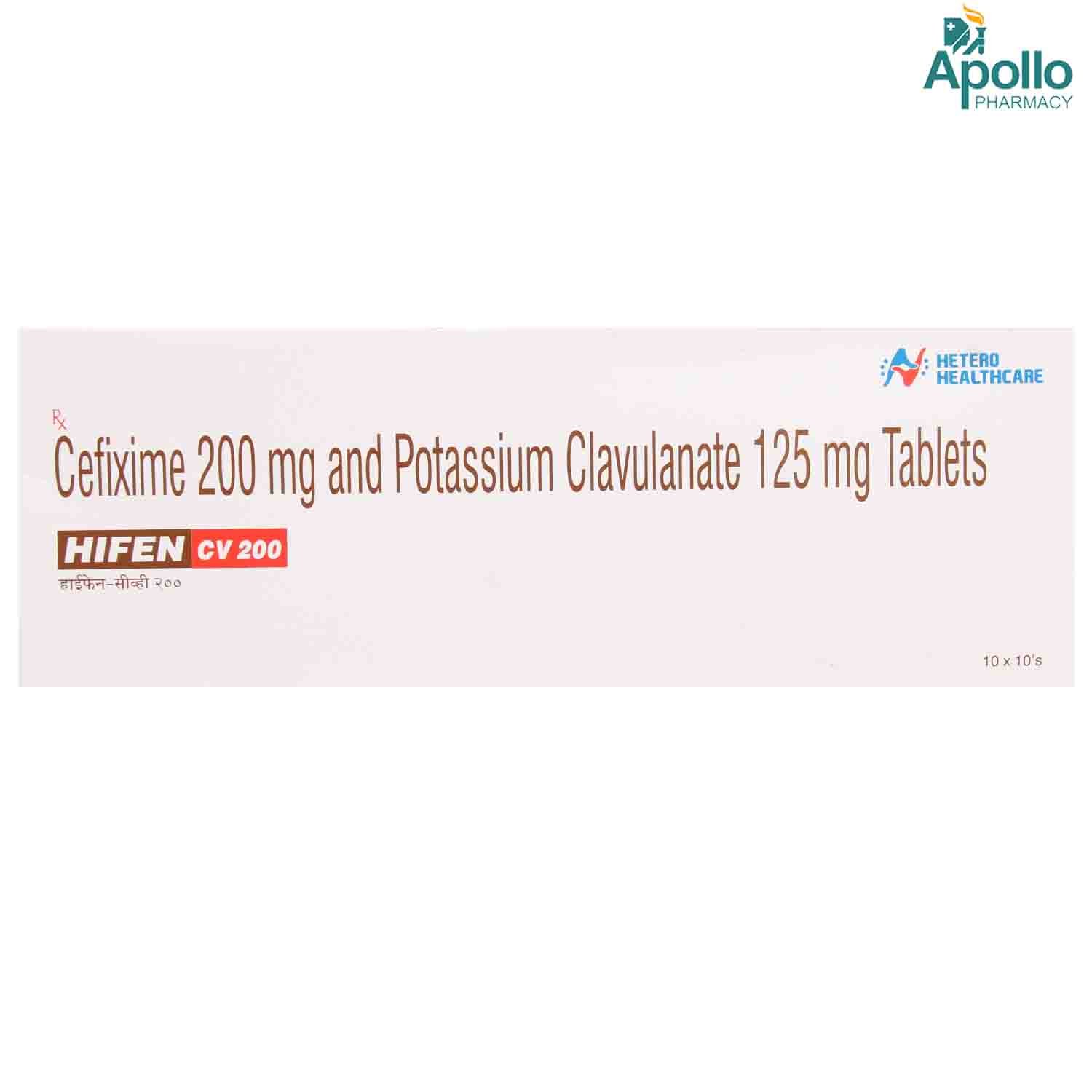

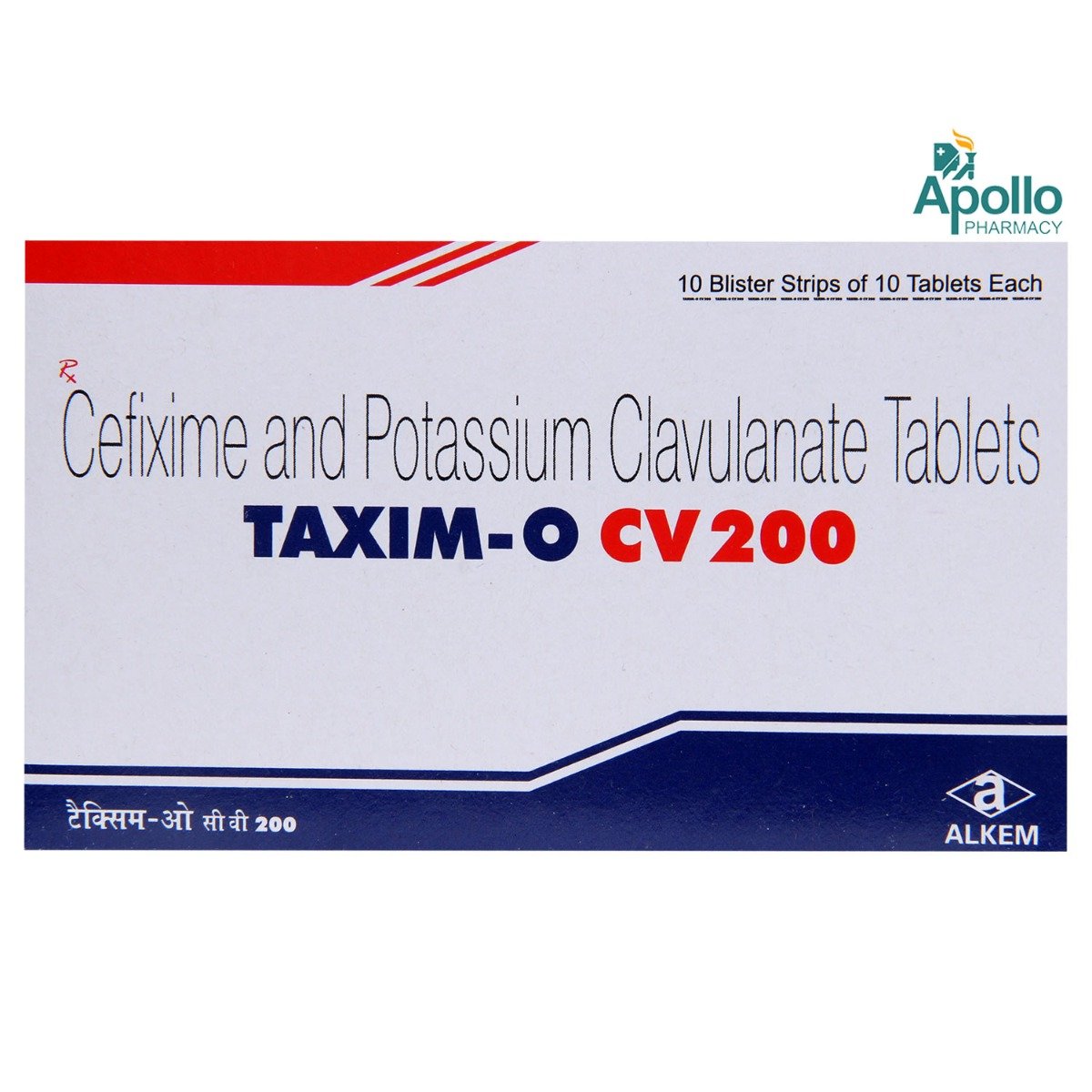
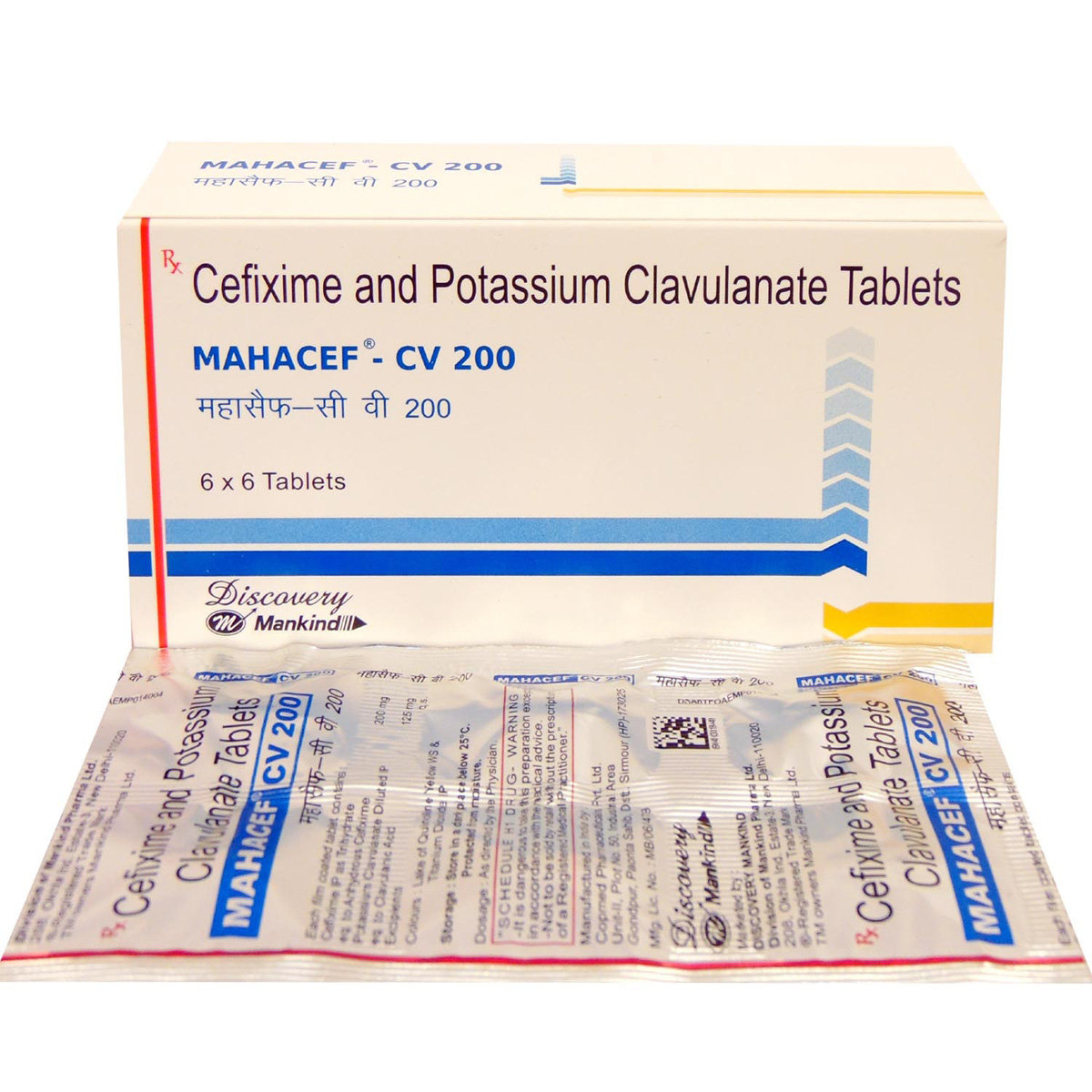

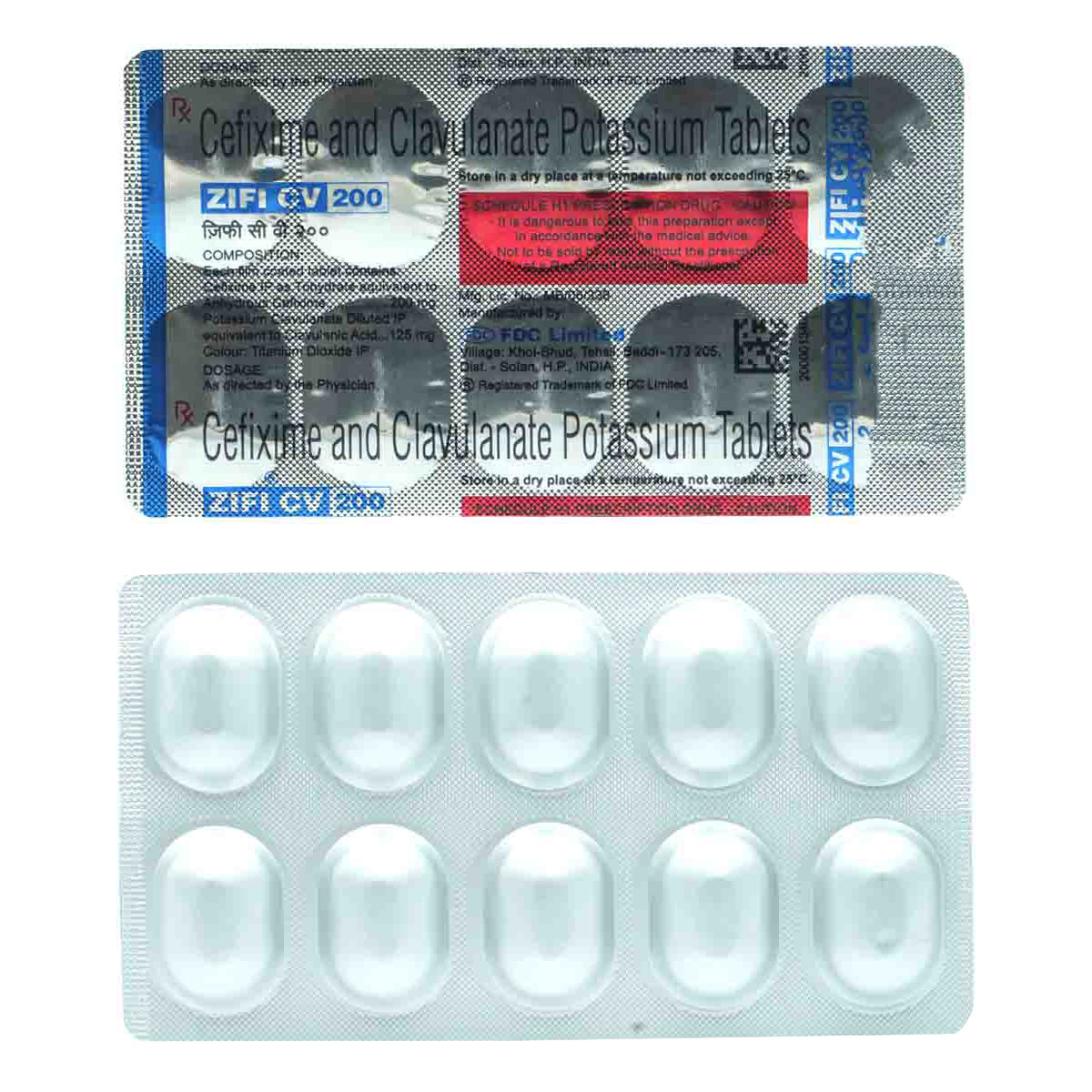
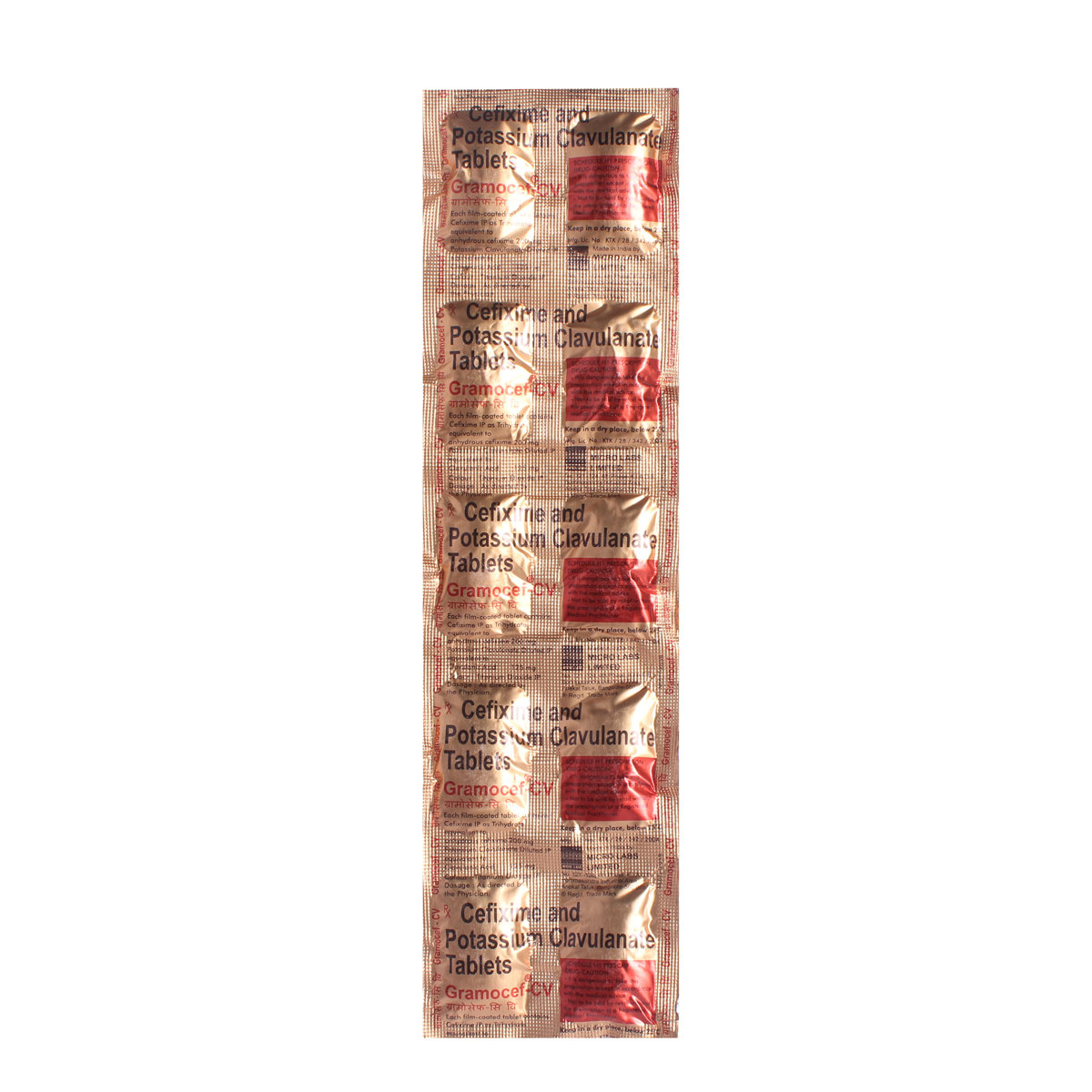

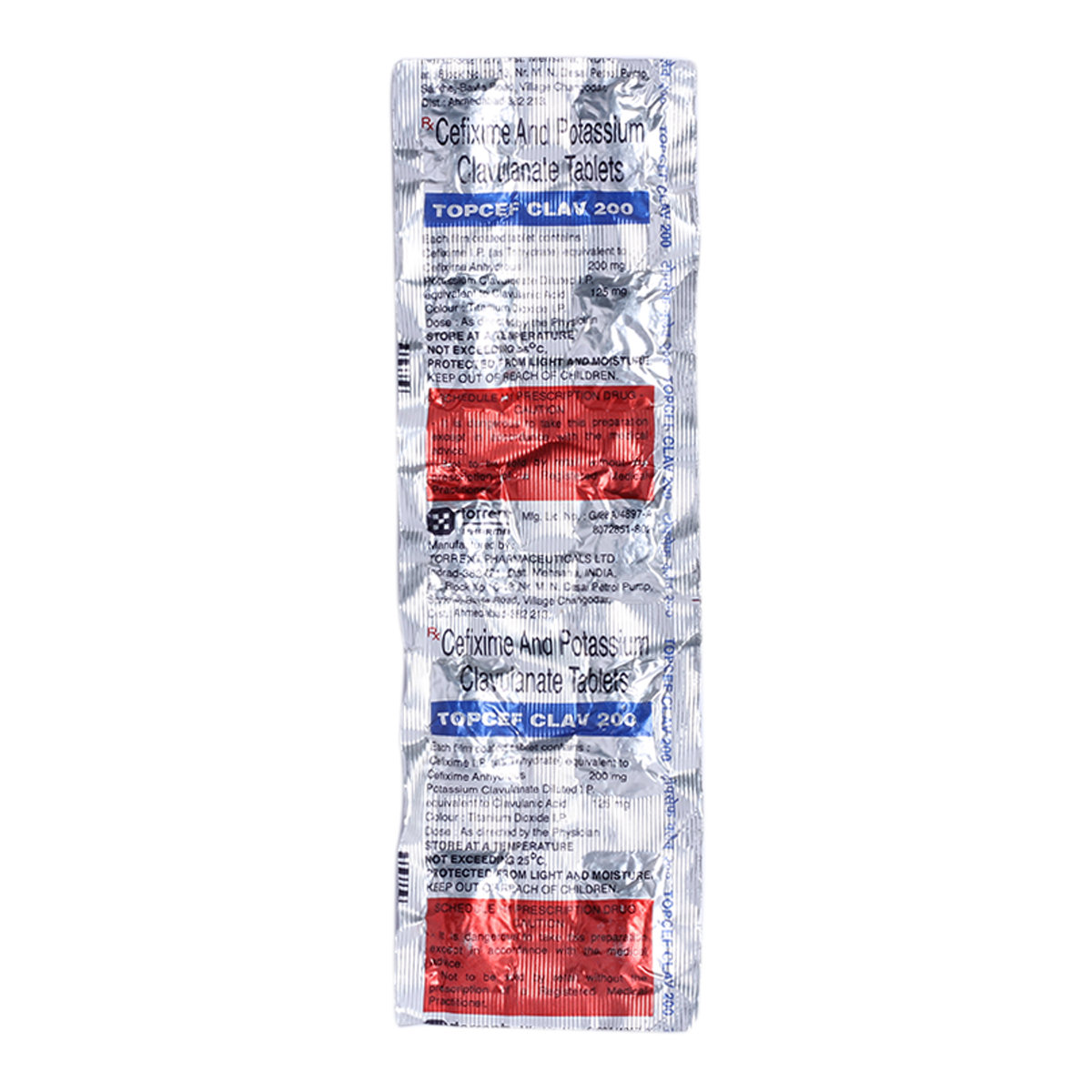
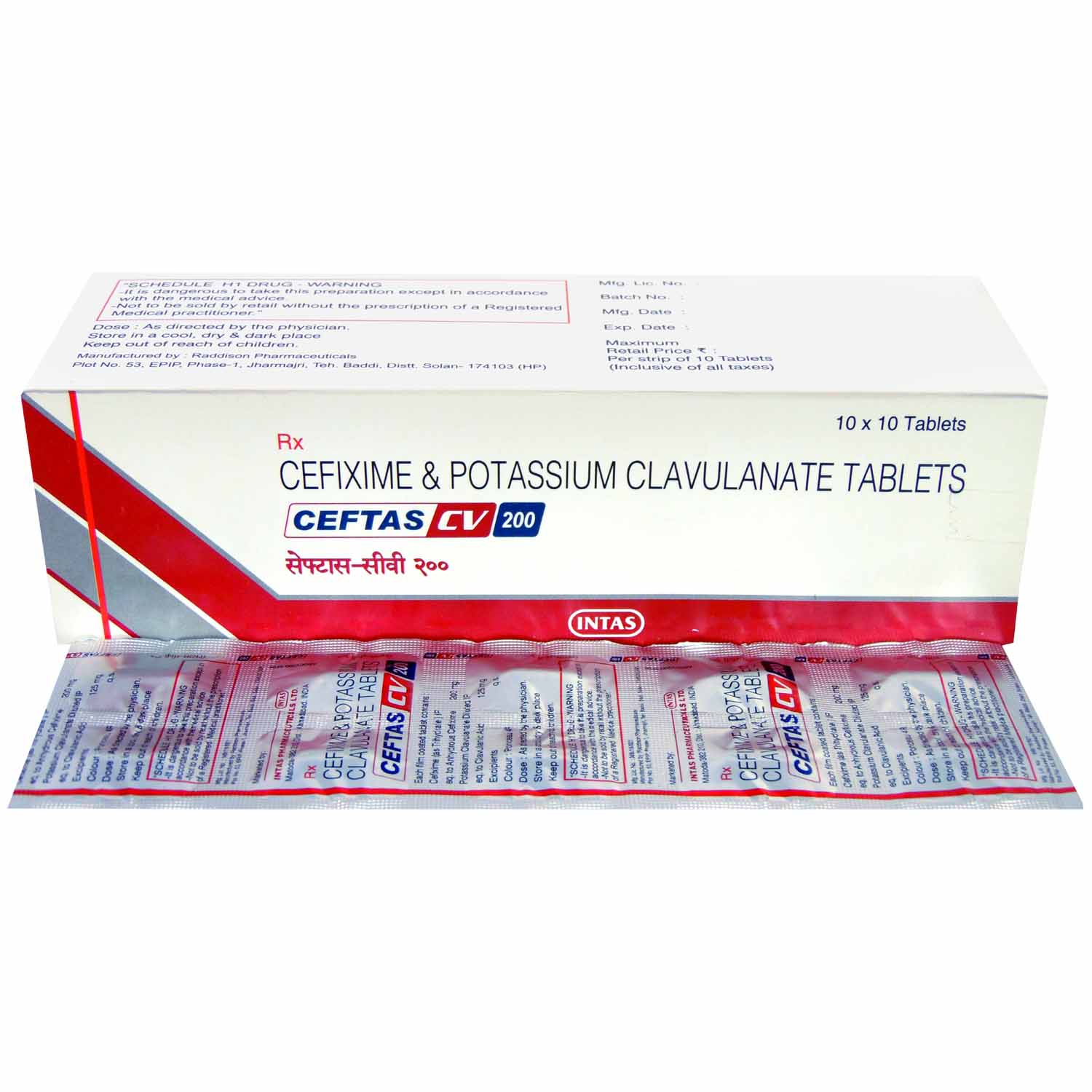



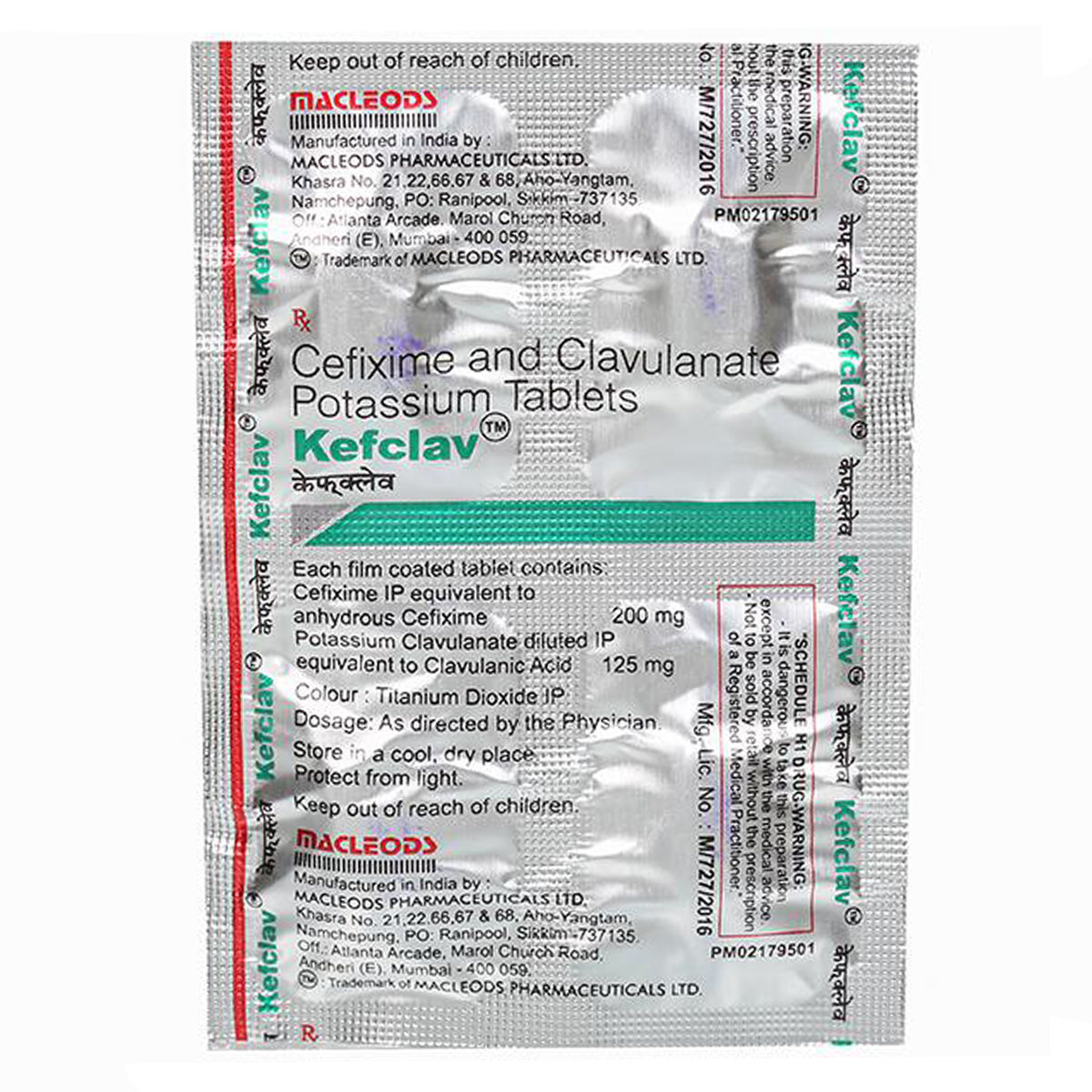

_0.jpg?tr=q-85)

